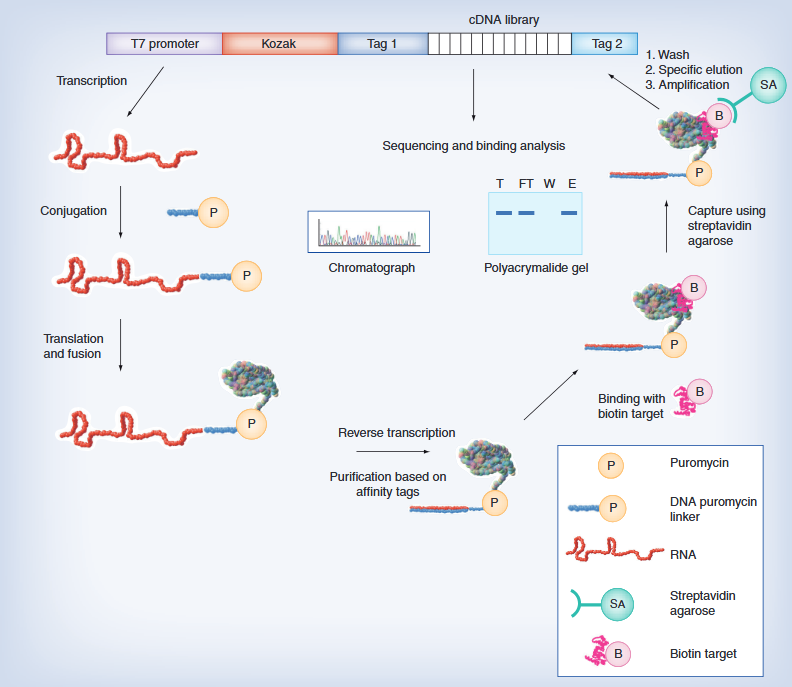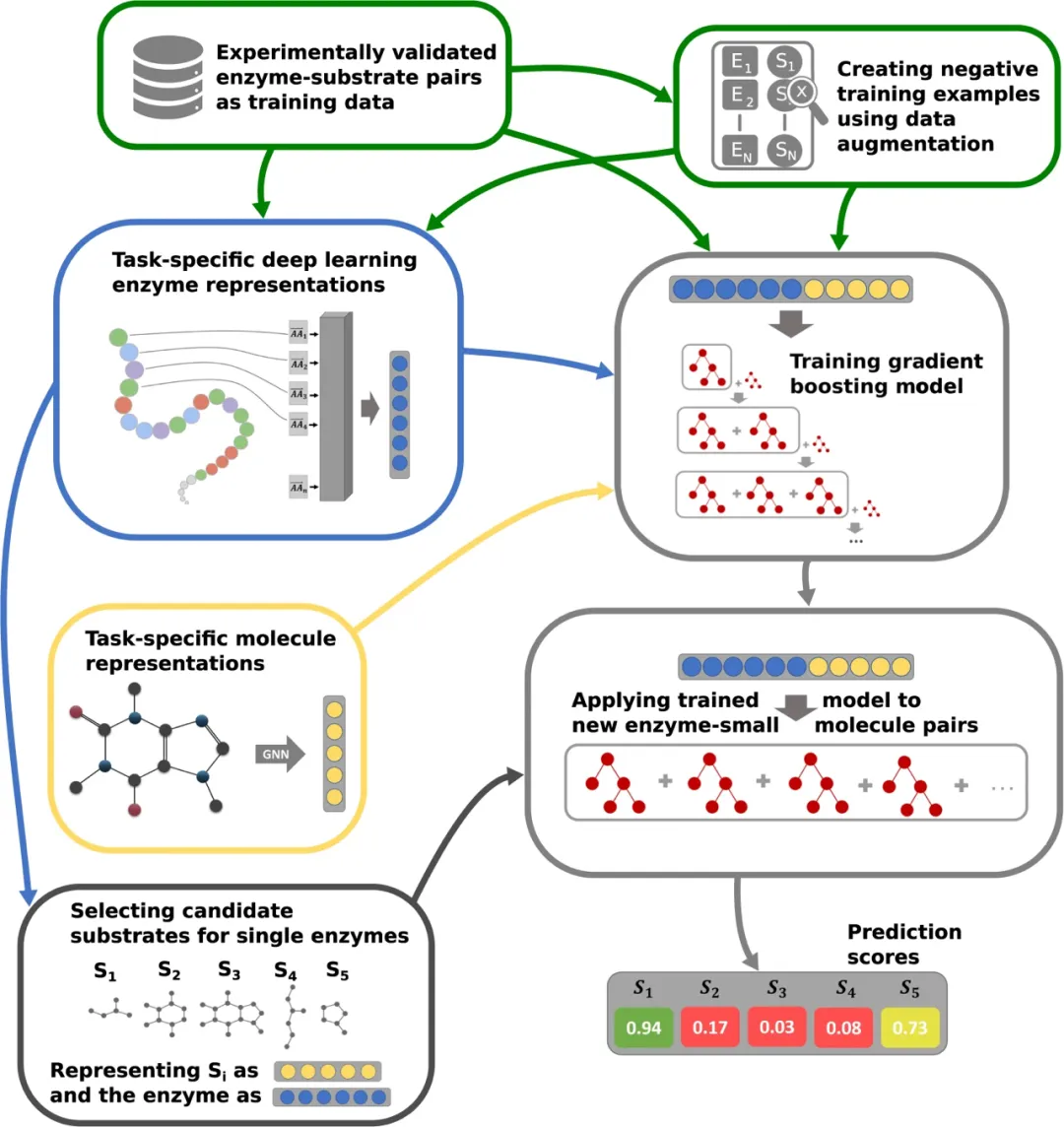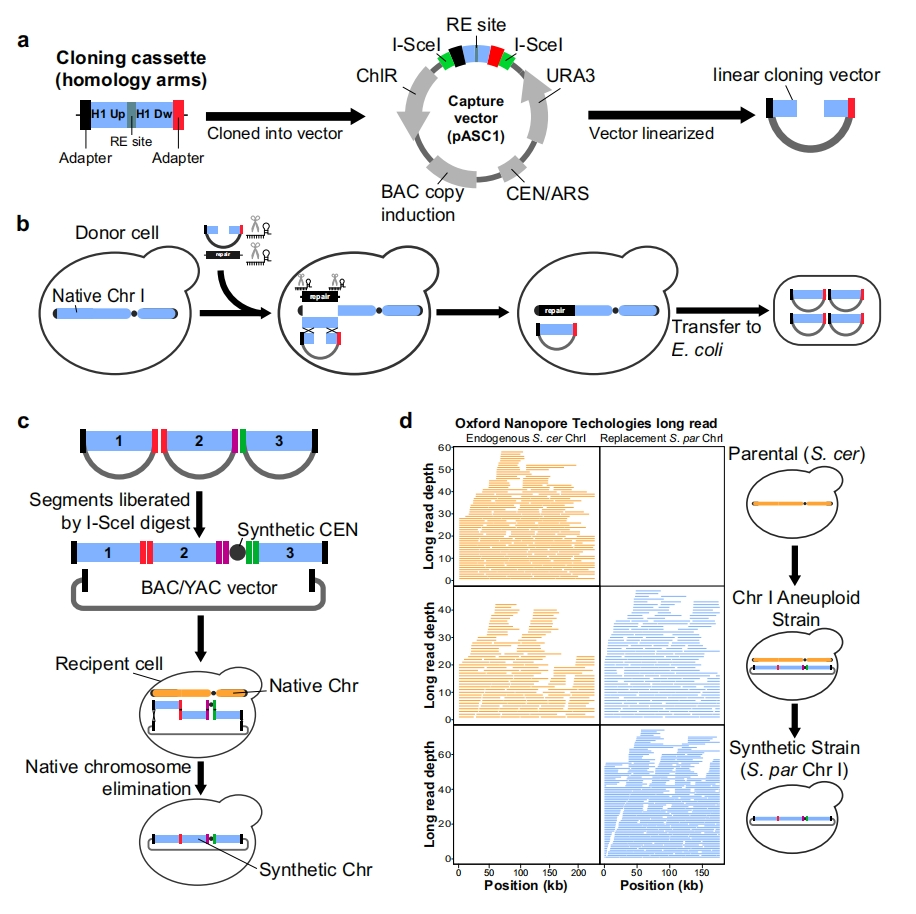Organisms use enzymes to decompose or synthesize substances under mild conditions, often without relying on toxic compounds or extreme high temperature conditions, making them known as “perfect chemists”. However, due to the complexity and variability of enzyme reaction mechanisms, designing their synthesis is one of the most challenging tasks in biochemistry.

On February 22nd, David Baker, the director of the Institute for Protein Design at the University of Washington, USA, published a paper in Nature describing a method of using deep learning to de novo design and synthesize efficient luciferases that do not exist in nature. David Baker is one of the pioneers and leaders in the field of protein computing design, marking the first time humans have used AI to design and synthesize a completely new enzyme from scratch.
The Baker team utilized a new protein design strategy based on deep learning, “family wide hallucination,” to integrate unconstrained de novo design and fixed skeleton sequence design methods, resulting in an infinite number of brand new proteins with expected folding. The team selected fluorescein as the reaction substrate and screened the target topological structure of NTF2 like folding. Through unconstrained de novo design of the folding variable region and structural guided sequence optimization, a synthetic luciferase with selective catalytic luminescence was designed. Laboratory tests have confirmed that the best performing enzyme, LuxSit, has only 117 residues, which is smaller than any known luciferase. The enzyme, when incubated with the synthesized luciferin substrate diphenyl terazine (DTZ), can emit blue fluorescence at 480 nanometers, which is consistent with the chemiluminescence spectrum of the substrate, and the protein still maintains partial folding under near boiling conditions; After further optimization, it can even catalyze high intensity fluorescence visible to the naked eye.
We can design high-performance enzymes from scratch on computers without relying on enzymes found in nature. This breakthrough means that in principle, we can design customized enzymes for almost any chemical reaction, “said Andy Hsien Wei Yeh, co lead author of the study. The use of AI to achieve de novo design and synthesis of luciferase is an important step in the field of protein design, which means that Al driven enzyme design will play a greater role in biotechnology, medicine, environmental remediation, and manufacturing. (Baker Lab, University of Washington School of Medicine, Nature)









